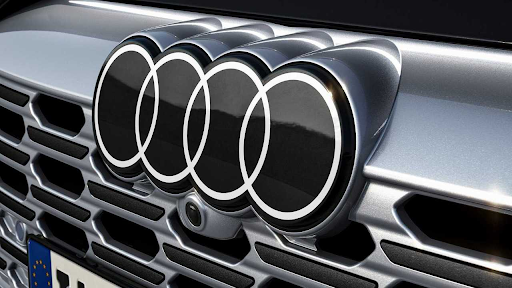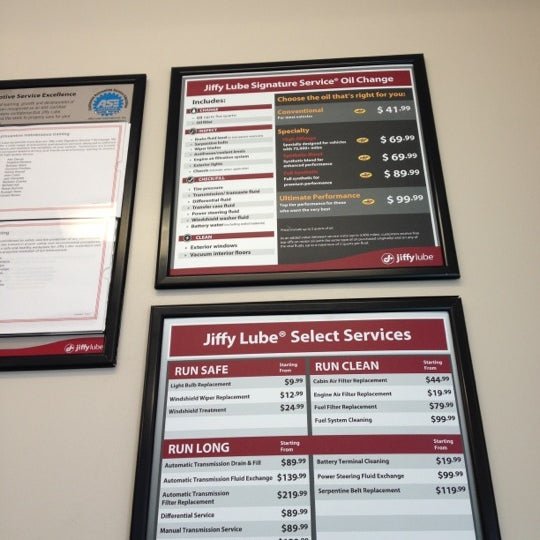For decades, Audi has been synonymous with luxury and innovation. One of the most recognizable symbols of this legacy is the Audi emblem. Over the years, the Audi emblem has undergone various changes, each time evolving with the trend and reflecting the brand’s commitment to excellence. This article will delve deeper into the progression of Audi emblems and how they have come to embody the highest standards of engineering and opulence.
Origins of Audi Emblems
The story of Audi emblems began in 1909, when August Horch founded his first car company, A. Horch & Cie. In 1910, Horch left the company and founded a new one, which he named Audi, which is a Latin translation of his last name, “Hark.”. The first Audi emblem was unveiled in 1910, and it showcased the letters “A” and “D” – which stood for “Audi” and “Deutschland” – enclosed within a circle. The emblem’s design was simple and straightforward, reflecting the early years of the automotive industry.
The Audi Rings
In 1932, Audi merged with three other companies – Horch, DKW, and Wanderer—to form Auto Union AG. It was at this time that the now-famous Audi rings were introduced. The four rings, representing the four companies that came together to form Auto Union AG, were arranged in an interlocking pattern to create a symbol that was both modern and timeless.
The Audi rings have been associated with elegance and efficiency over the years, and are known around the world as a symbol of automotive excellence. Since their introduction, the design of the Audi rings has undergone minimal changes. However, slight modifications have been made to reflect advancements in technology and design trends over time. Despite these modifications, the classic shape of the interlocking rings remains one of the most recognized emblems in the automobile industry.
The Audi “Four Rings” Emblem
Audi introduced a new emblem in the 1960s that featured a stylized version of the Audi rings with the word “Audi” printed below in bold letters. This design was used on Audi vehicles until the mid-1980s before being replaced by a new emblem with a simplified version of the four rings.
The “Four Rings” emblem is still used today and is recognized around the world as a symbol of Audi’s commitment to luxury and innovation. The emblem’s simple design and elegant lines reflect the brand’s philosophy of “Vorsprung durch Technik” (advancement through technology) and its commitment to pushing the boundaries of automotive engineering.
The Audi RS TT
The RS TT, introduced in 1998, is a luxury sports car that embodies Audi’s pledge to deliver high-performance vehicles. The RS TT is furnished with a turbocharged four-cylinder engine that has a displacement of 1.8 liters. This potent powerplant can produce 225 horsepower and propel the car from a stationary position to 60 miles per hour in merely 5.9 seconds. The RS TT also has modern technologies, including the Quattro all-wheel-drive system, which improves grip and handling in a variety of driving conditions. The vehicle’s exterior design is sleek and sporty, exhibiting subtle design elements that convey Audi’s devotion to engineering brilliance.
The Audi RS TT symbol embodies the car’s athletic and refined character. The emblem includes the Audi rings, with the letters “RS” inscribed boldly beneath. This insignia is immediately recognizable to car enthusiasts worldwide and represents Audi’s unwavering commitment to advancing automotive engineering standards.
Conclusion
The narrative behind the evolution of the Audi logo is an intriguing and motivating tale. Throughout its history, the Audi emblem has embodied excellence and creativity, dating back to its establishment in 1910 and up to its current status as a global pioneer in luxurious and high-performing vehicles. The Audi insignia serves as a continual source of encouragement and an indication of the brand’s unwavering dedication to expanding the limits of automobile innovation. The Audi emblem will always excite and evoke a sense of the brand’s innate superiority, whether you have a taste for classic Audi models or modern top-of-the-line automobiles.




